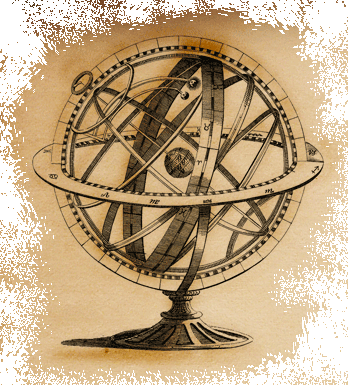
Calendars play an important role in the life of every human being living on this planet earth. There are different varieties of calendar which we explore throughout the globe. Some of them have been working since centuries and are still valid. Today, we are going to discuss 3 of the major calendars briefly.
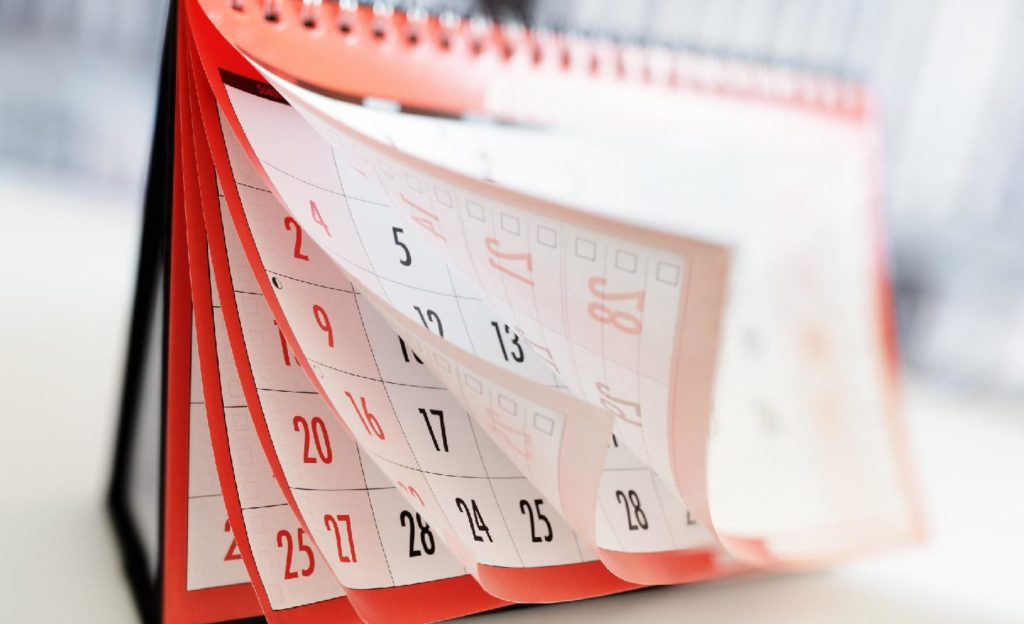
GREGORIAN CALENDAR (Solar Calendar)
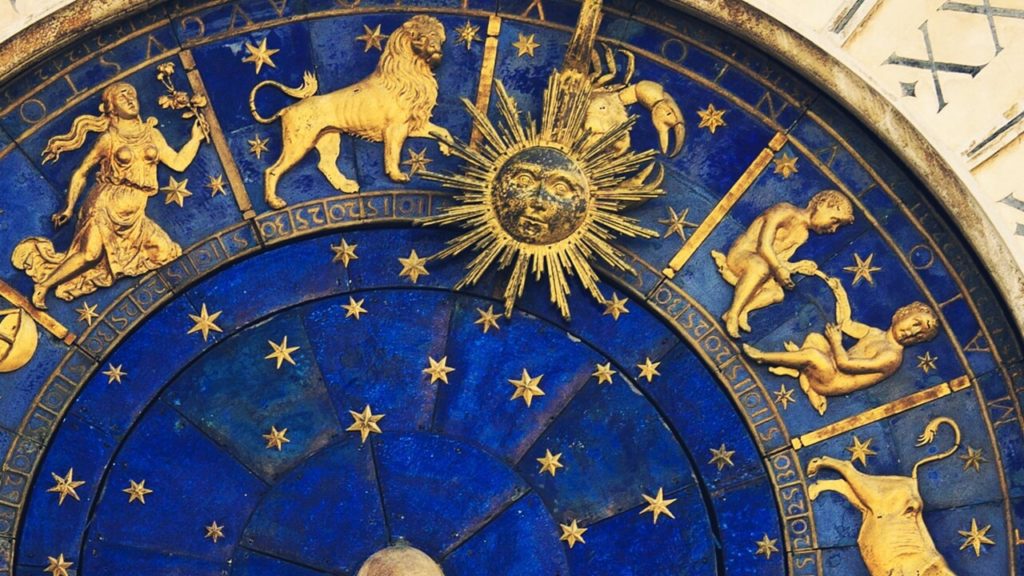
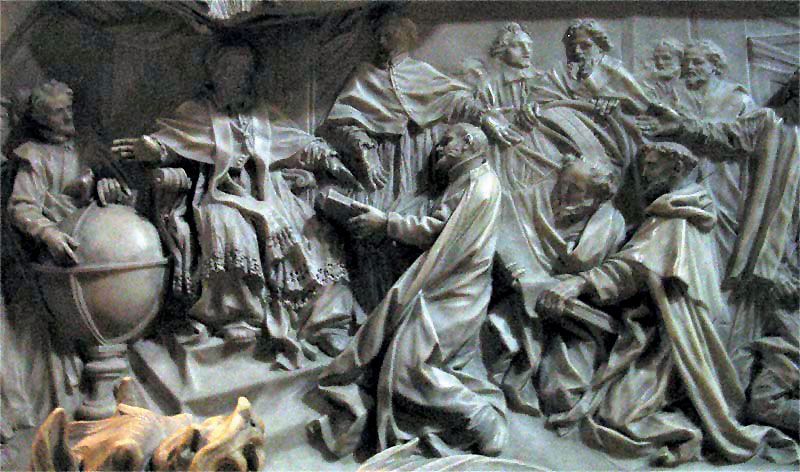
The Gregorian Calendar, generally known as Solar Calendar, is one of the most common calendars based on the international standards for representing dates of the month throughout the world. It is easily understandable for everyone. This calendar was introduced by Pope Gregory XIII back in October 1582 as the replacement of an older version of the calendar namely Julian Calendar (Proposed by Julius Caesar).
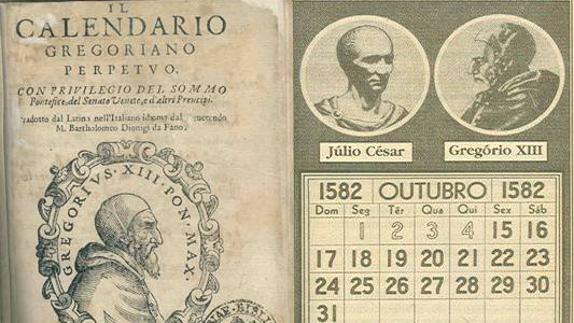

The Gregorian calendar has 365 1/4 Days a year and to maintain it, there is a leap year after every four years in order to maintain the accuracy. To be more precise earth completes its year in 365 days, 5 hours, 48 minutes and 45 seconds which causes one day difference in the dates of season after every century.
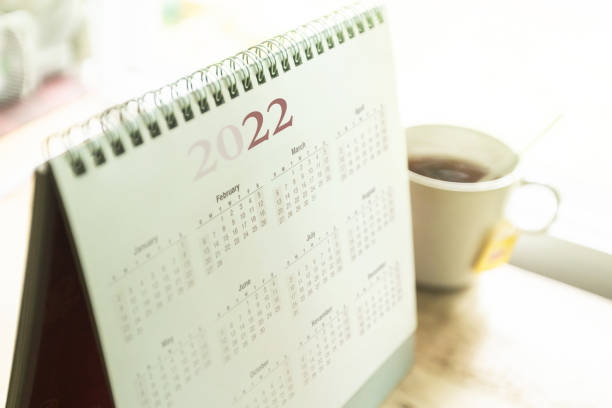
HIJRI CALENDAR: (Lunar Calendar)

Hijri Calendar, commonly known as Lunar Calendar or Islamic Calendar. This calendar begins with the historical migration of Holy Prophet ﷺ (Peace be Upon Him) from Makkah to Madinah al Munawarah in in AD 622. During the journey, The famous Mosque of Quba was built by Prophet Muhammad ﷺ (Peace Be Upon Him) accompanied by the Companion Hazrat Abu Bakr Siddique (رضي الله عنه)
6 kilometres (3.7 miles) from Madinah al Munawarah. In this way, this beautiful and historical Mosque of Quba is just a few days older than the Hijri Calendar.
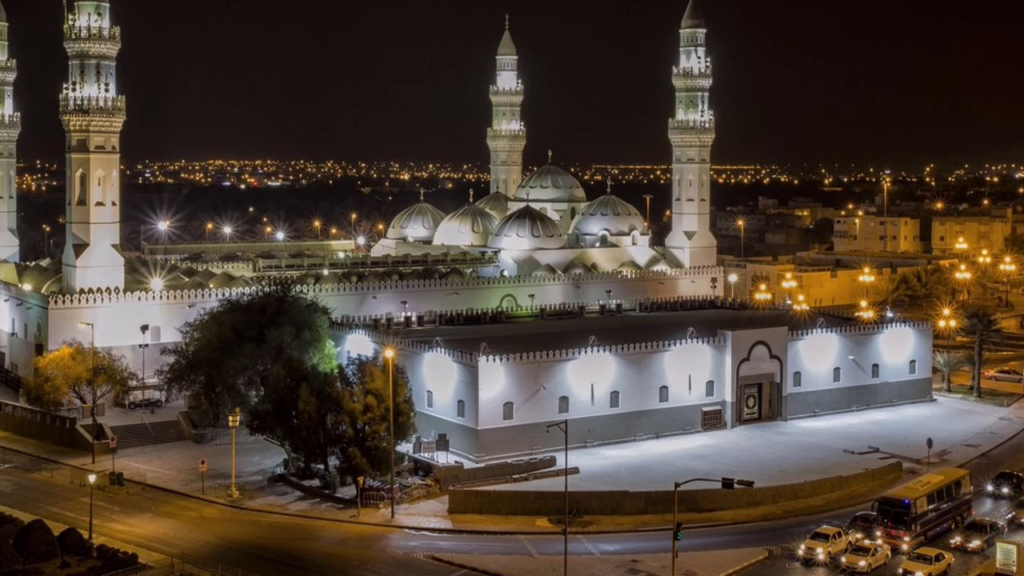
Islamic Calendar is based on 12 lunar months around 354 days a year. Each month begins when a new moon is sighted. Usually, lunar months have 29 or 30 days which makes it 11 days shorter than the Solar Calendar (Gregorian Calendar). Following the names of Lunar months.
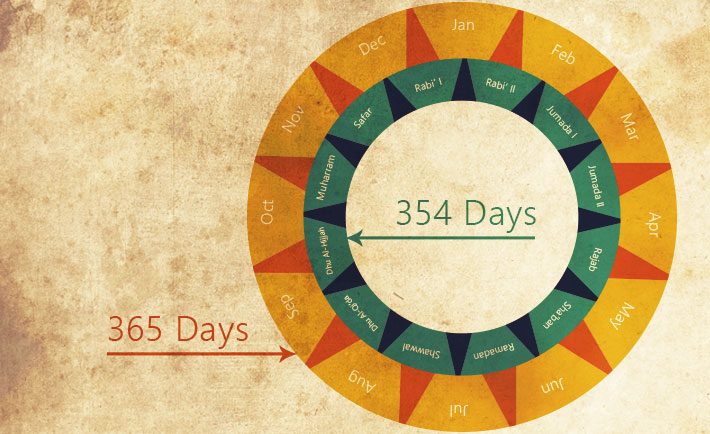
- Muharram (Beginning month of the year)
- Safar
- Rabi Al-Awwal
- Rabi Al-Thani
- Jamada Al-Awwal
- Jamada Al-Thani
- Rajab
- Sha’ban
- Ramadan (Holy Month of Fasting)
- Shawwal (Begins with celebration of Eid-ul-fitr)
- Dhul Qadah
- Dhul Hajjah (Month of Hajj/Pilgrimage along with celebration of Eid-ul-Adha)
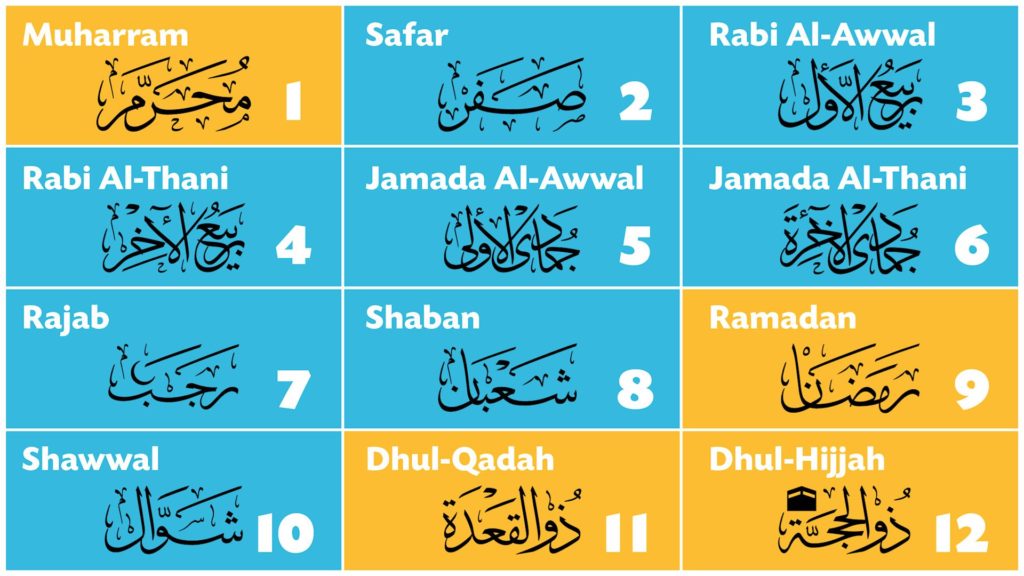
PERSIAN CALENDAR (Solar + Lunar Calendar)
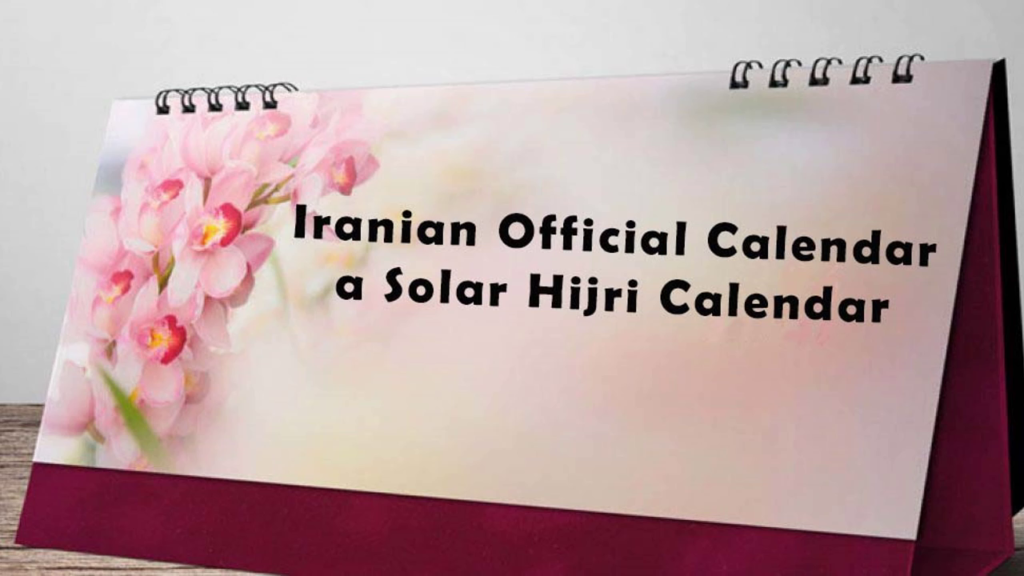
Persian Calendar, also known as Jalili Calendar or Solar Hijri Calendar, is followed in Iran and Afghanistan. When we look at the traces of the beginning of the Persian Calendar, it takes us back to the traces of ancient times of human history. This calendar faced several dynasties and empires over the millenniums.
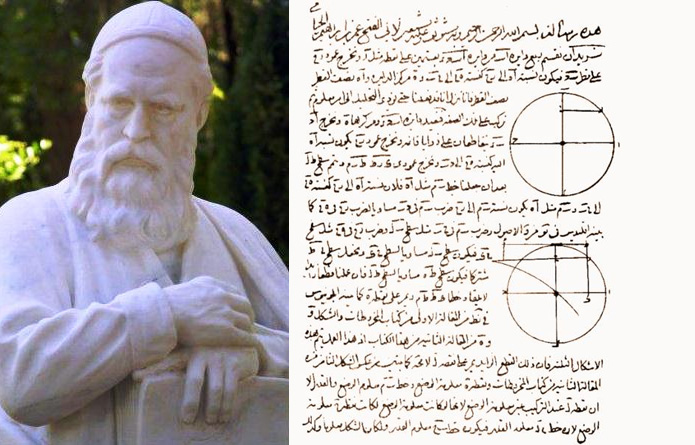
In 1079 AD, on the orders of Jalal-ud-din Seljuqi, the Old Persian Calendar was replaced by the Jalili Calendar proposed by one of the famous astronomers and Persian Scientist Omar Khayyam. In this calendar, the beginning of the New Year comes with the first day of spring season called “Norooz or Nowruz”.

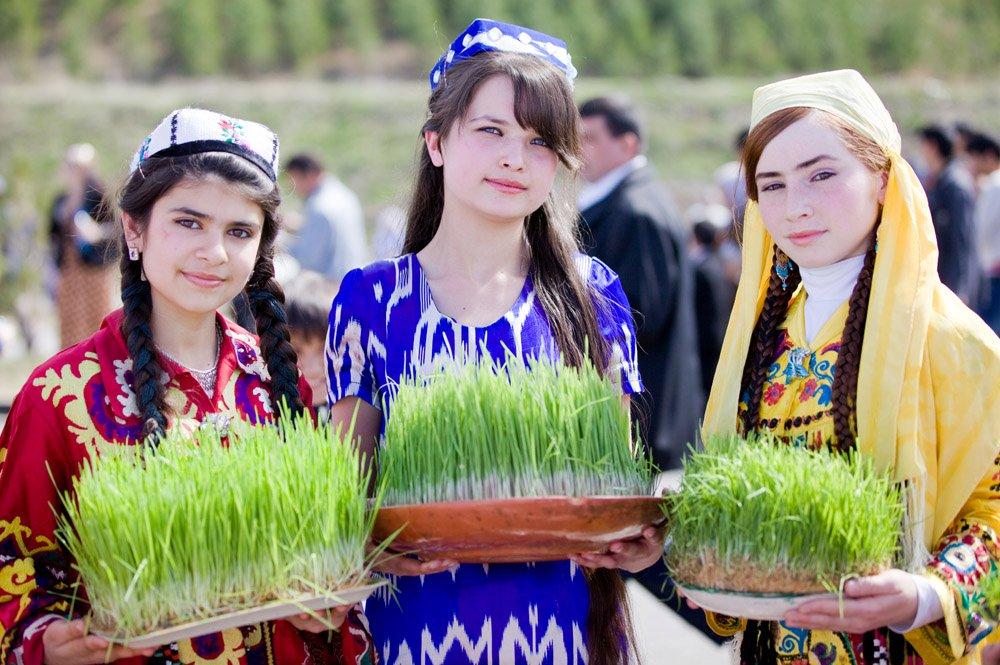
When we talk about the present day modern Persian Calendar, it was adopted in March 1925 AD. According to this calendar, there are 12 months in a calendar year with the first six months having 31 days while the next 5 months have 30 days followed by last month with 29 days (30 days only in case of leap year). First day of the year begins with the celebration of Nowruz on 1 Farvardin (in the month of March). List of Persian months and their details are given below:
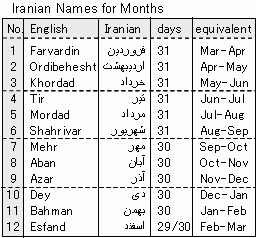
According to the citizen and the author from Iran, Raziah Taheri, Annual festivals, National Holidays and Religious Holidays are observed in Iran according to the Persian Calendar are given below:
- Farvardin (21st March) – First day of the year with celebration of Nowrus
- Nowrus (22nd-25thMarch)
- Islamic Republic Day (1st April)
- Nature Day (2nd April)
- Doctor’s Day in commemoration of Bu Ali Sina (23rd August)
- Pharmacist Day in commemoration of Zakaria Razi (27th August)
- Student’s Day (4th November)
- University Student Day (7th December)
- General Ghasem Solemani Memorial Day (3rd January)
- Nationalization of the Oil Industry (20th March)
Apart from that, all the Islamic festivals and religious holidays are observed according to the Hijri Calendar every year. (Hijri calendar differs around 11 days each year)
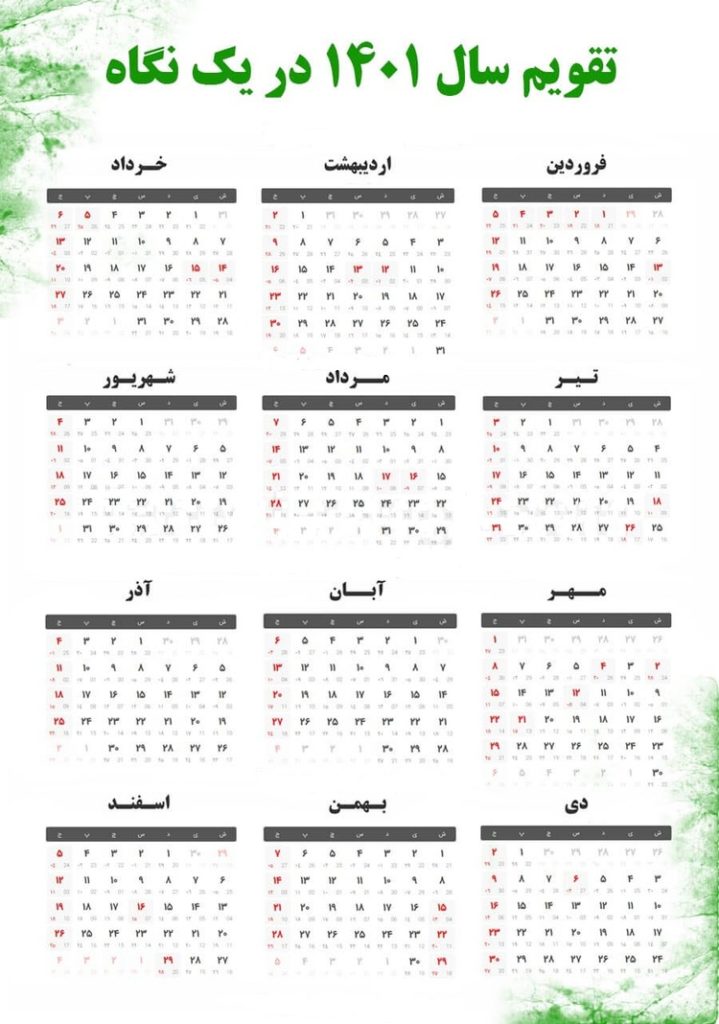
ACCORDING TO THE AUTHOR ALEXANDRA BERGHOFER FROM GERMANY:
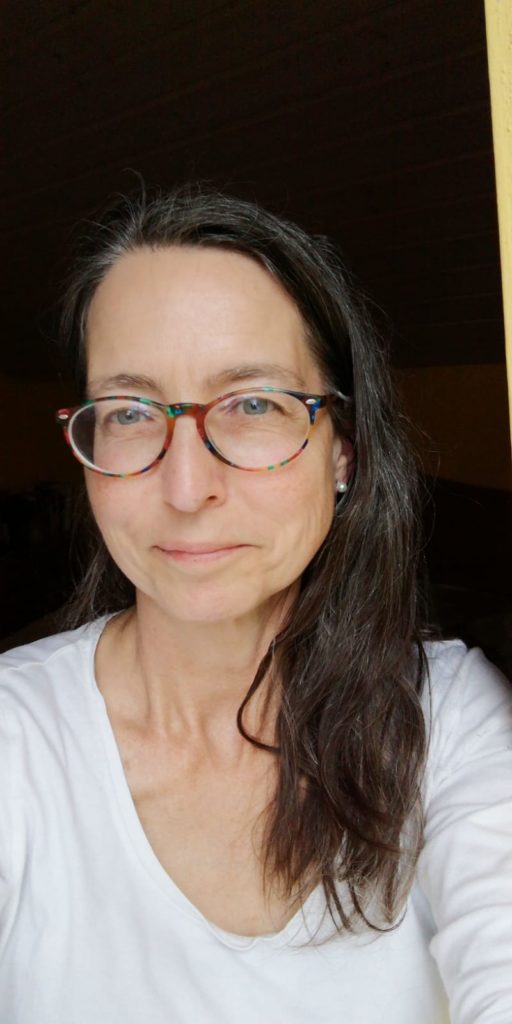
Calendars are an indispensable part of our daily life. The same calendar is used in the business world. In some countries there are one or more other options. We sometimes notice it when we see different reports or with friends from other countries and exchange ideas.

Different cultures have produced their own calendars. I was aware of it again when I congratulated my friends in Algeria, Morocco and Tunisia on the New Year on January 12th and read the year 2972 on the website. Where does this year’s difference come from?
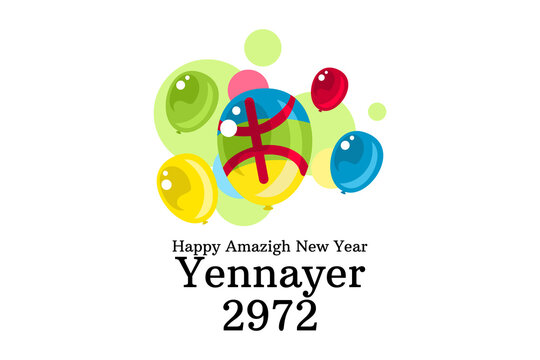
Basically there were different calendars in earlier times. Solar and lunar calendars were one of the first forms. The solar calendar already had 12 months and was pretty accurate. The oldest European solar calendar was found in the cave of Magura in the northwestern Balkan Mountains (Bulgaria) and it shows 366 days and dates from the Neolithic. (Source Wikipedia).

The Egyptian, Iranian, Maya, Julian and Coptic Calendars are and were solar calendars. The fiscal calendar included the annual taxes that had to be paid. The Islamic Calendar is a purely lunar calendar and has been an integral part of religious life to this day. In it, twelve lunar months are combined into a lunar year, which is about 11 days shorter than a solar year in a solar calendar. (Source Wikipedia)

Most calendars are a bridge between the cosmos and humans. Born from the idea of giving structure to life. Today, as in the past, calendars are an important part of our lives. To fix the festive days in religion and also enable business all over the world. The reasons for using a calendar are the same worldwide. It simplifies co-existence. We would like to introduce you to a few models of calendars in this article.
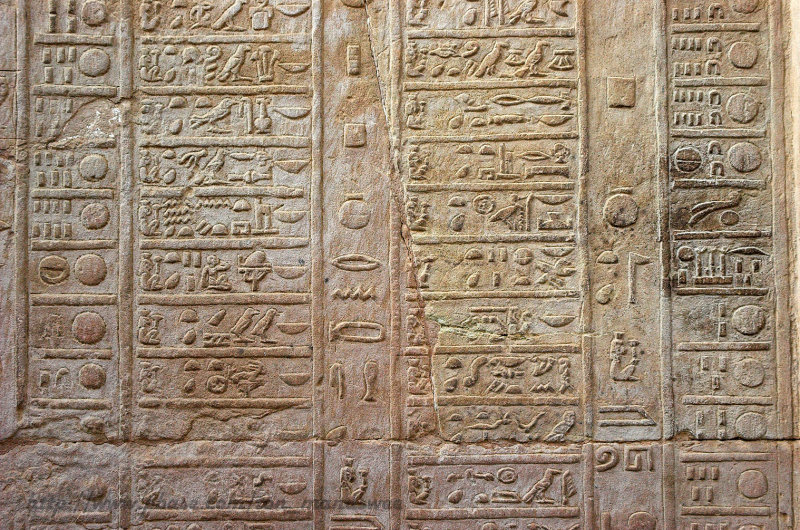
We take a short journey through time to look at the history of the calendars. The first solar calendar was created at the time of the population of the Nile region and the construction of the pyramids. The Egyptian astronomers and mathematicians had estimated the tropical year to be 365 days and divided it into 12 months of 30 days each and added 5 days. The calendar had very little miscalculation; it was regularly adapted to the heliacal rise of the star Sirius. This calendar was a success because it was used for 4,500 years. It was the predecessor of our current solar calendar, which was to gradually replace the lunar calendar. (Source www.cartland.de)
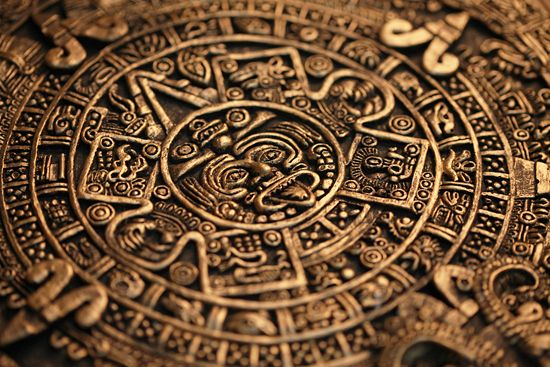
The Maya had also created a solar calendar to organize time. They connected two different ones at the same time. Calendar forms in one. The ritual Tzolkin calendar, which was mainly used for the art of divination, and the civil Haab calendar, which played an important role in agriculture. The Haab calendar already contains the number zero, which astonishes science to this day, since the West only knew zero in the 16th century through the Arabs.
Note: We are thankful to the following for guide in our research.
(Source www.cartland.de)
https://www.britannica.com/topic/Gregorian-calendar
https://www.islamic-relief.org.uk/islamic-calendar/
https://www.timeanddate.com/calendar/gregorian-calendar.html
https://en.wikipedia.org/wiki/Gregorian_calendar
https://en.wikipedia.org/wiki/Roman_calendar
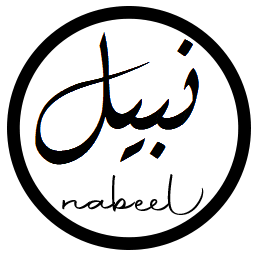
Nice article…. Its nice to see you Alexandra back after a long time…. Last time i read your article about Autopsies… we all need calendars and their information…..Sure, there should be a sequel
Thanks for sharing about Persian Calendar… I didnot know it earlier.. Kindly write something about Maya Calendar too
There should be a sequel… please write about Maya Calendar and Egyptian Calendar…
Thank you so much for your kind words. I would like to do more with my friend Nabeel unfortunately my work keeps me up. Its always a pleasure to hear kind words like yours. Vielen Dank 💕
It’s a great effort and both parts of the article complement different aspects of interesting information. A sequel would certainly be more than welcome
Great work! Keep it up!
Great article… Loved it
Great job Mr.Nabeel Rashid
Thank you Ms. Alexandra for sharing your calendar.
Good job👏👏👍🌹
Nice article loved it…
Happy Nowruz to all who celebrate it
You too. Thanks
I did not know abourlt Persian calendar earlier… Thanks for sharing..